Solar Done Right. Together.
We help homeowners and professionals build successful solar projects. With custom system design and unparalleled support, we save you 50% or more compared to other companies.
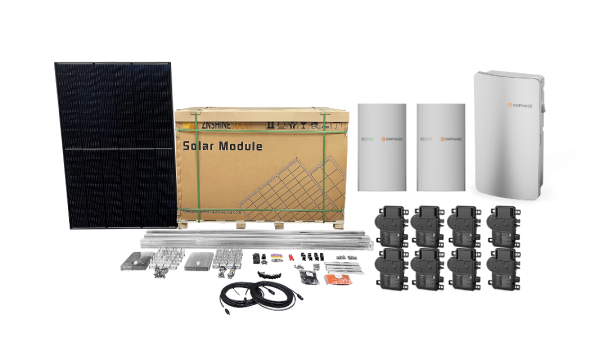
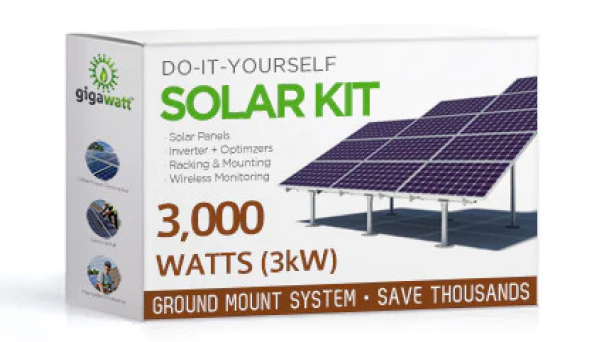
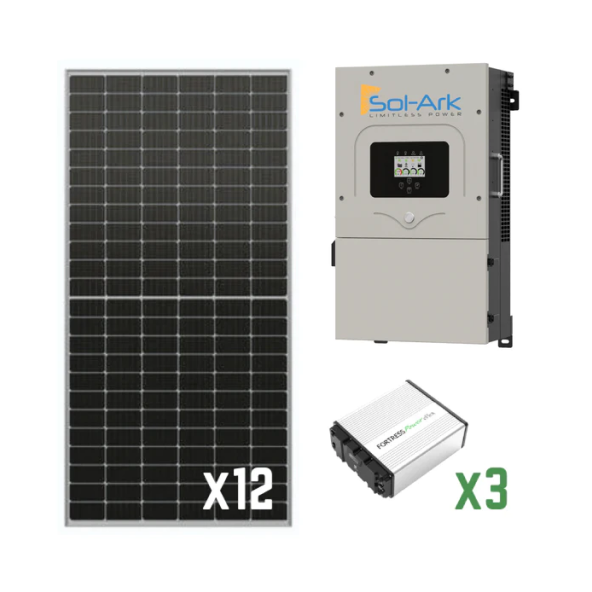
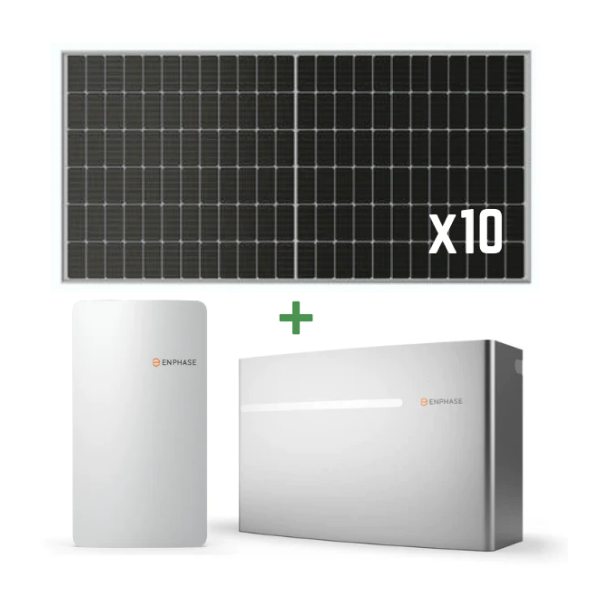
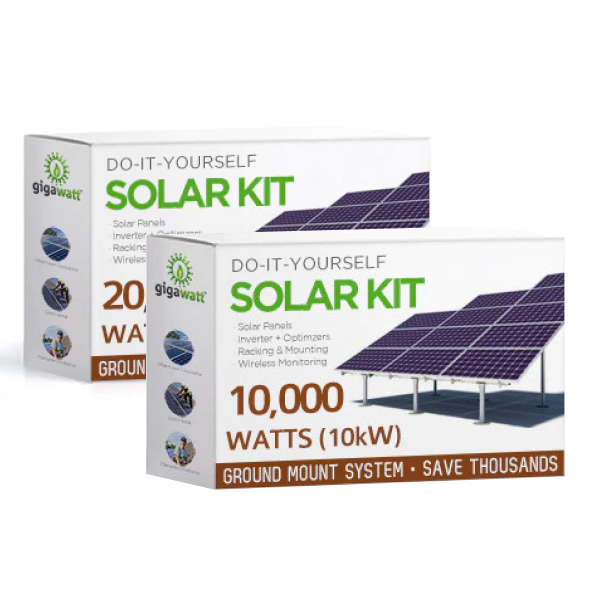
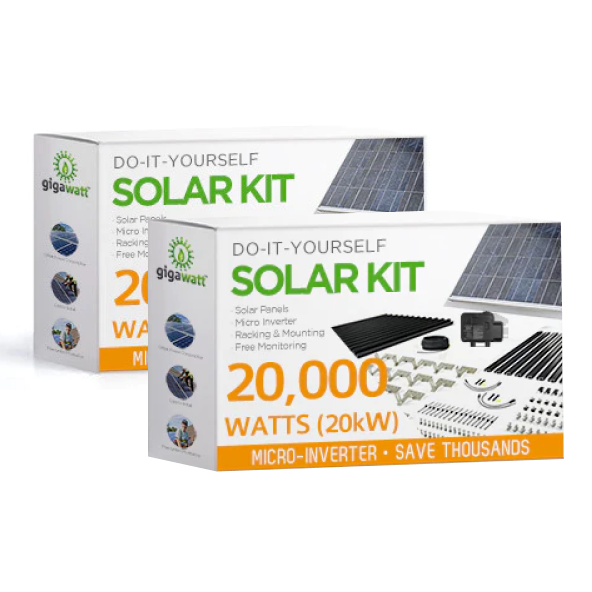
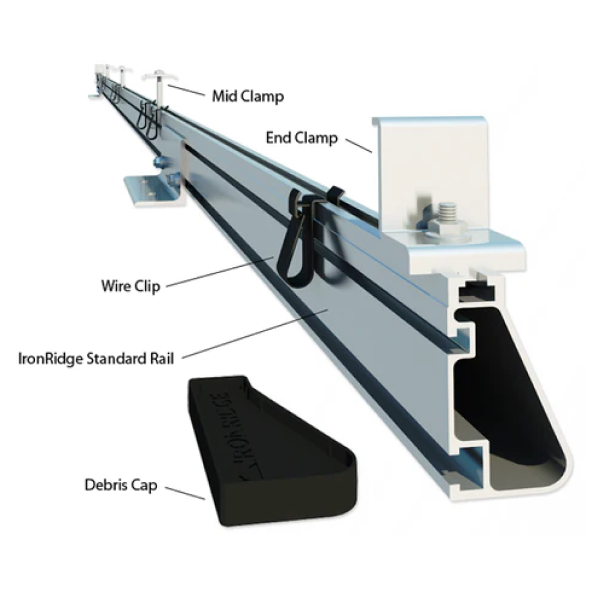
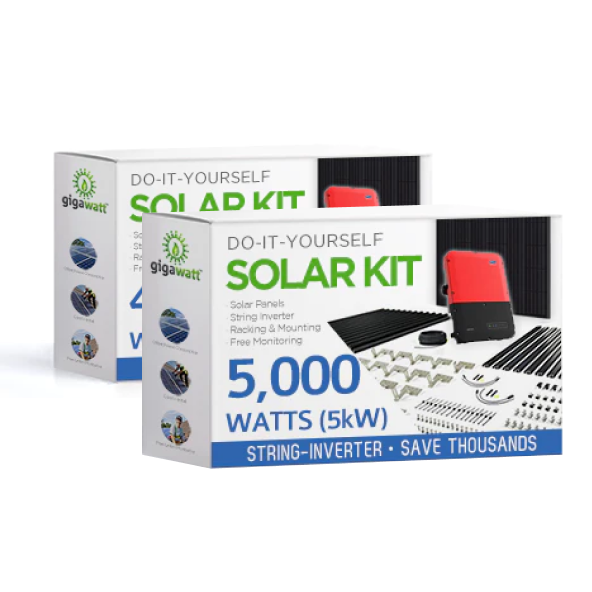
Complete Solar Kits
Our solar kits include the necessary core components to kickstart your solar system.
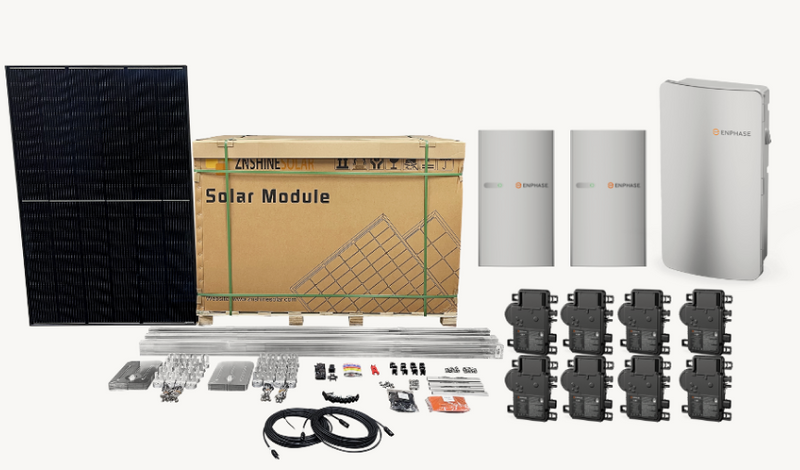
Solar Panels
Carefully curated solar panels by reputable brands known for their unparalleled efficiency and durability.
*Solar panels are not sold separately.
Inverters
Grid tie inverters convert solar DC power to home-friendly AC power and provide net metering capability.
Batteries (optional but recommended)
Batteries optimize cost savings by storing surplus energy when rates are lowest and utilizing it during peak demand times. They also serve as a reliable backup power source during outages.
Racking
Racking is essential for mounting solar panels, offering a firm foundation that secures them in place.
Monitoring System
Advanced monitoring system to track and analyze your solar energy production in real-time, ensuring optimal performance.

“Working With GoGreenSolar Was Very Easy And Basically Pain-Free”
Going solar doesn’t have to be complicated. We’re here to guide you on a simple and more financially rewarding solar journey.
- Increase your ROI:
Slash your energy bills, speed up your payback period and boost your property’s value. - Save on labor:
Cut down unnecessary labor expenses and do it yourself. - Remove the guesswork:
Get reliable support from start to finish. - Secure your energy future:
Ensure your home or business remains powered at all times.
Solar Without the Headaches
For over 18 years, we’ve helped thousands of Americans to seamlessly transition to solar energy. We provide tailored solutions ensuring a correct, stress-free installation on the first attempt.
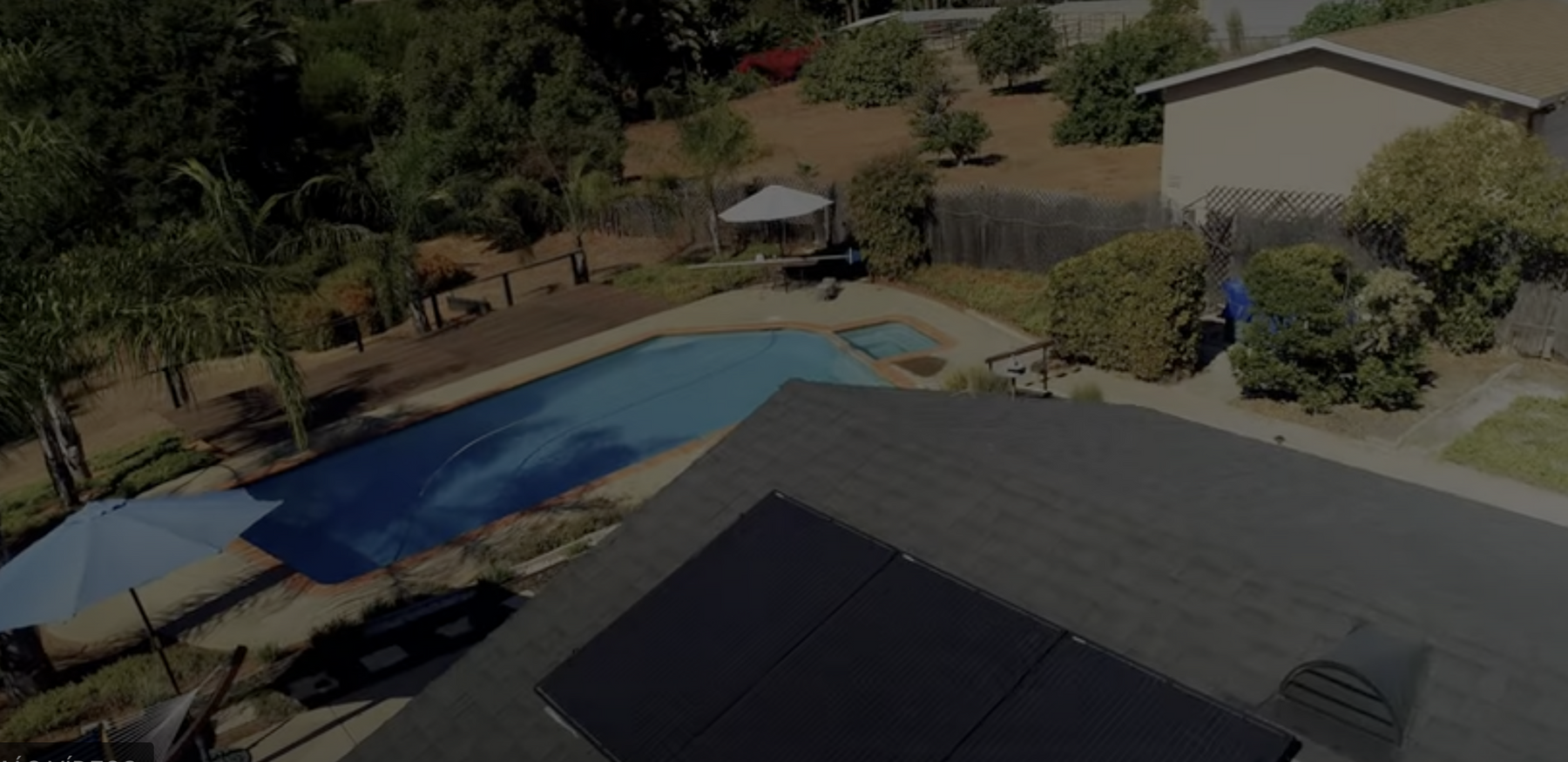

Custom Design to Fit Your Needs
Your solar kit is designed to meet your specific needs, ensuring optimal system performance.
Competitive Pricing
We offer top-tier solar solutions at competitive prices, giving you more bang for your buck.
Full End-To-End Support
From initial consultation to final inspection, our team is with you to provide a hassle-free experience.
Easy-to-Follow Instructions
Avoid costly errors or delays. Our bespoke installation manuals include step-by-step setup directions.
Financing Options Available
Get solar without the upfront costs. We offer quick-approval loans with zero down payment or prepay penalties.
Money-Back Guarantee
Order risk-free. If your solar permit isn't approved, we refund your investment in full.
Why Our Customers Love GoGreenSolar
★★★★★
Great service. Knowledgeable people.
They sized my PV system exactly how I wanted it! Enough PV production to be able to use my Central AC throughout summer and charge two EV vehicles and still have over $500 credit roll over for the next billing period.
- Alex M.
★★★★★
One of my best investments!
It has been exciting to see electric bills go down as much as 2/3 since my solar panels were installed five months ago. With winter now behind us I’lI look forward to greater savings in the months to come.
- Marian C.
★★★★★
Worth every penny! Very Happy I bought from GoGreenSolar!
They know what they are doing and always willing to answer any question (I had a lot of questions). They walked me through every step and the price is right on with the add bonus someone I could call at any point to get answers.
- Bryan A.
★★★★★
Best Decision Ever
I was really worried that this was going to be a long and expensive process. But I was surprised to find that it was the total opposite. I got a great deal and the service was great. Also I have already gotten over a $200 in credit charges from my energy company. I would recommend Go Green Solar to anyone.
- Quoc N.
★★★★★
Great competitive pricing and fast response!
Boy did we get an excellent product! Even a competitor told me to "order now" after he saw the bid and the materials that we were getting for the price!
- Beverly C.
★★★★★
Solar the way it should be
Unlike the “horror stories” and super high cost to go solar that you hear about, everything was simple, easy and efficient from the initial call to turning the system on. Got a much more efficient and powerful system than other people I know, for whole lot less money.
- Ray J.
Solar as Easy as 1, 2, 3
Start your solar journey in three simple steps.
-
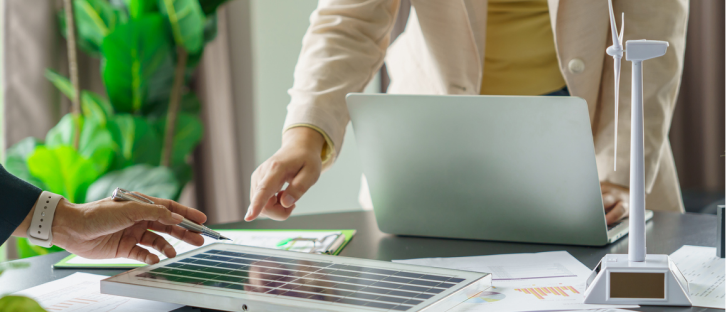 1
1Get In Touch
Talk to our team of experts and tell us about your specific needs and questions.
-
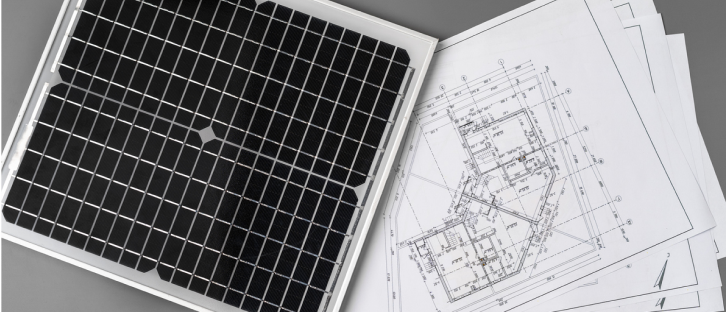 2
2Get a Quote
We’ll assess your project and design a system tailored to your requirements.
-
 3
3Get Started
Deliver the kit to your doorstep with a custom installation guide and support.
Our Best Sellers
- 12.0 kW Solar Kit with 12kW Sol-Ark inverter and 16.2 kWh Fortress LifePO4 Battery Bank12.0 kW Solar Kit with 12kW Sol-Ark inverter and 16.2 kWh Fortress LifePO4 Battery BankStarting at $36,166
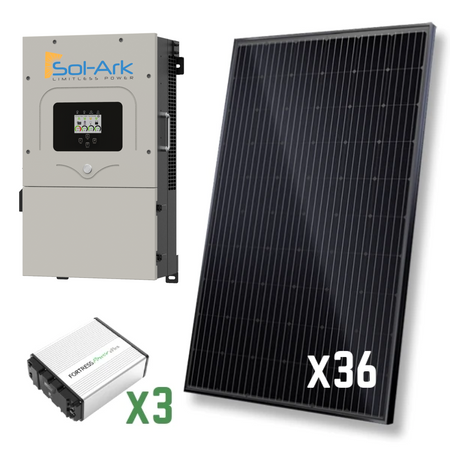
- 4kW Solar Panel Ground Mount Installation Kit4kW Solar Panel Ground Mount Installation KitStarting at $7,877
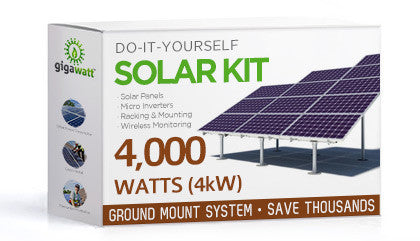 350 - 750 kWh / mo10 Panels
350 - 750 kWh / mo10 Panels - 21 kW DIY Solar Panel Kit w/ SunSpark 330W Panels + Sol-Ark Inverter21 kW DIY Solar Panel Kit w/ SunSpark 330W Panels + Sol-Ark InverterStarting at $67,184
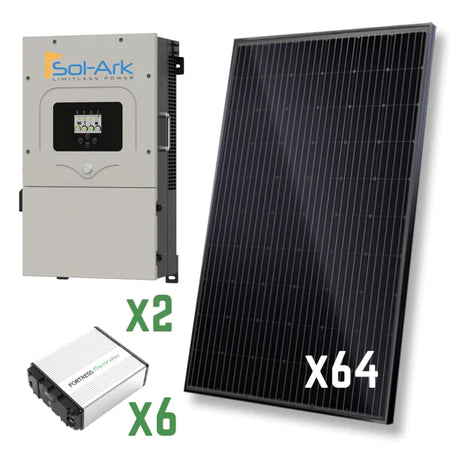
- 3kW DIY Solar Panel Kit with Microinverters (3000 Watt)3kW DIY Solar Panel Kit with Microinverters (3000 Watt)Starting at $6,180
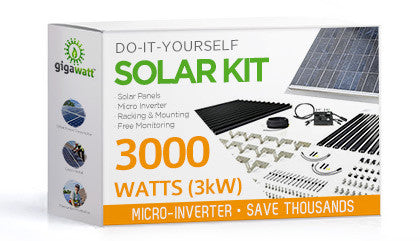 225 - 500 kWh / mo8 Panels
225 - 500 kWh / mo8 Panels
We Partner with Top-Rated Brands






Explore Our DIY Solar Kits
Whether you need solar for your residential property or a remote off-grid location, we’ve got you covered with the latest and greatest technology.
-
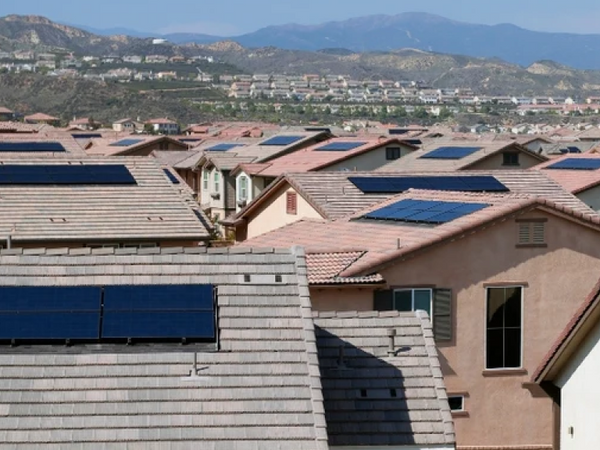
Grid-Tie Solar Kits
Integrate solar power with your existing utility to reduce reliance on traditional energy sources and offset your electricity bill.
-
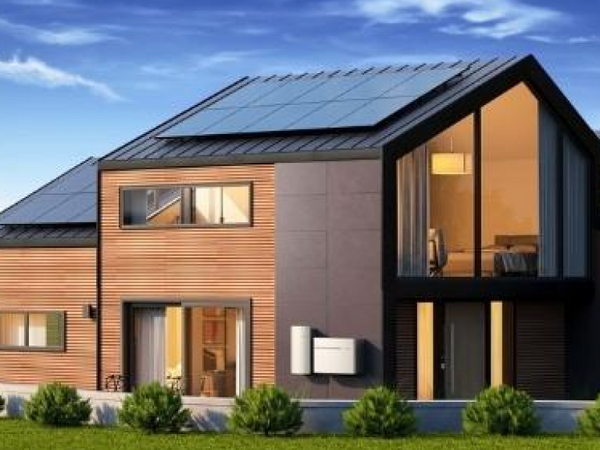
Battery Backup Solar Kits
Pair solar panels with energy storage for a self-sustaining system that offers uninterrupted power and peace of mind during outages.
-
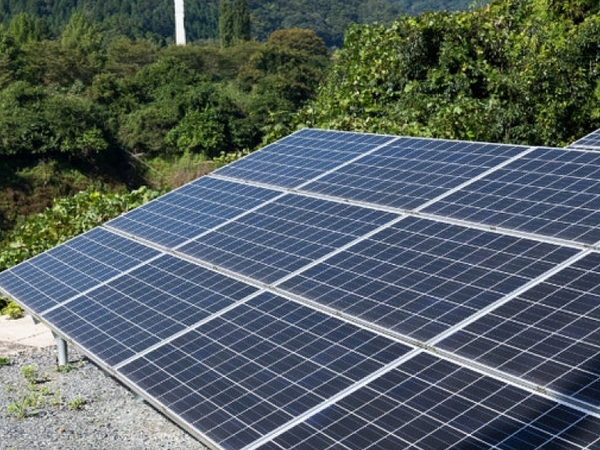
Off-Grid Solar Kits
Experience complete energy independence in remote locations or areas without access to the traditional power grid.
-
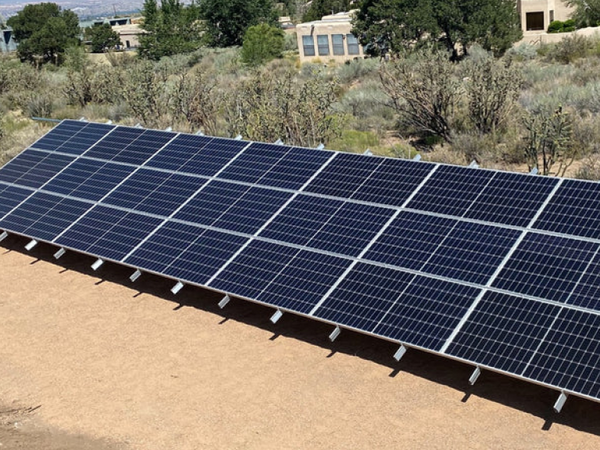
Ground Mount Solar Kits
Set up your solar panel system on the ground for optimal sunlight exposure and efficiency.
-
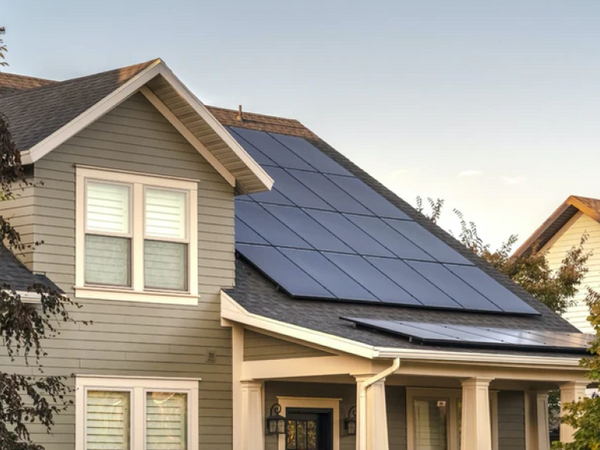
Roof Mount Solar Kits
Save space while generating clean, renewable energy from the comfort of your home.
-

Microinverter Solar Kits
Maximize energy production with individual inverters for each solar panel to enhance system performance, flexibility, and efficiency.
-
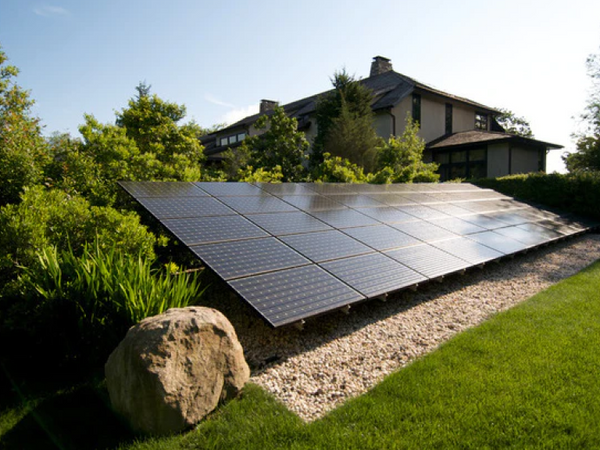
String Inverter Solar Kits
This simple, cost-friendly solution is easy to maintain and ideal for homes or properties with minimal to no shade.
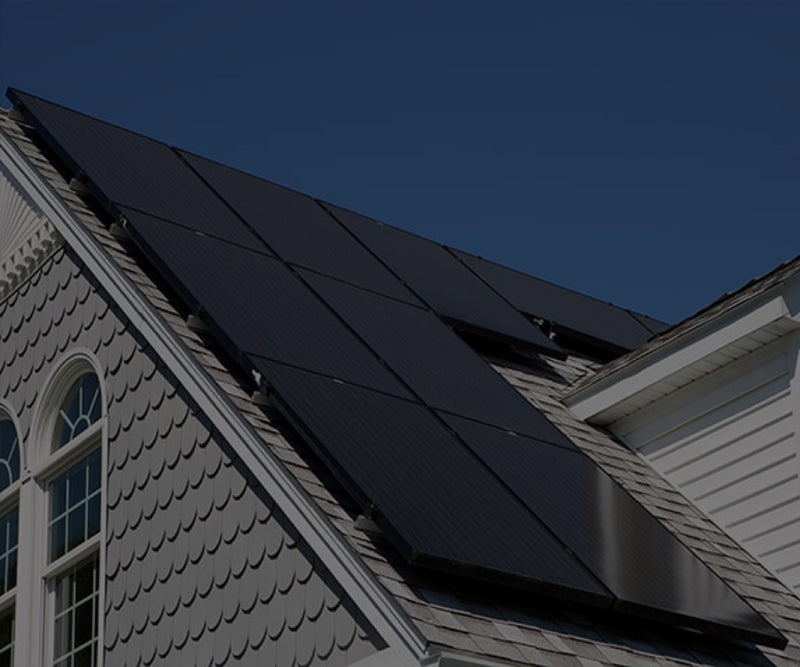
Solar Calculator
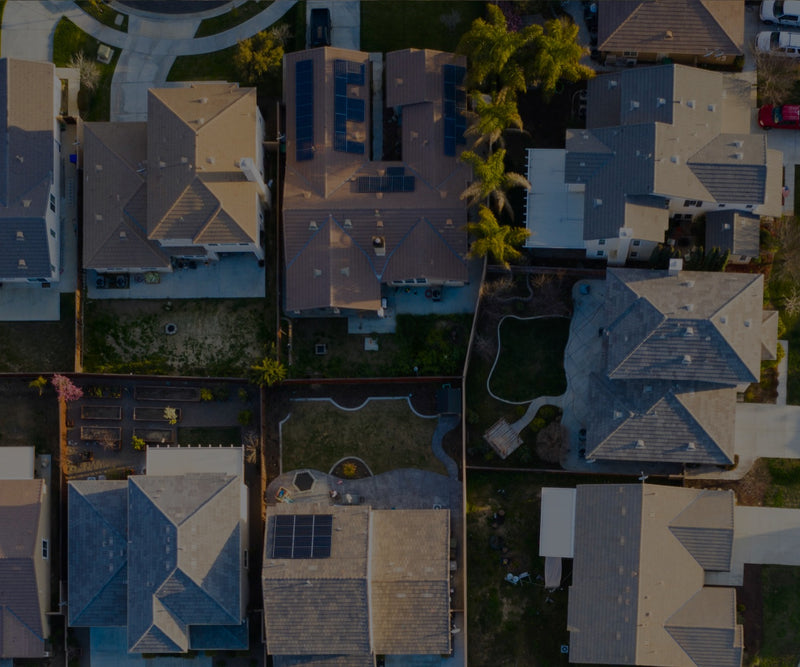
Which Solar Kit Do I Need?
GET STARTED WITH SOLAR
WE’LL HELP YOU FIGURE OUT YOUR SOLAR NEEDS!
Fill out the form for a complimentary solar quote that includes a custom satellite layout, system design and a breakdown of total project cost and estimated savings.













